Bull holder
When a bull is not ringed, the farmer can keep it under control with the help of a bull holder. He places the pliers on the septum in the nose and closes the arms. The bull must hold its head still so as not to be in pain.
The jaws of a nose clipper are wide and round. They end in two spheres so as not to hurt the septum. The pincers can consist of two levers of the first type (e.g. MOT V 91.0677) with the arms usually ending in an eye, so that the farmer can attach a rope or a bull leader. The bull holder can also consist of two levers of the third kind whereby a ring slides over the arms to close the jaws (e.g. MOT V 83.0399). Sometimes that ring is combined with a leaf spring (e.g. MOT V Dv 0011) or replaced by a coil spring (e.g. MOT V 96.0283). In a specific model, the distance between the jaws of the pliers is controlled by an adjusting screw (e.g. MOT V 91.0679).
See also the bull leader. [MOT]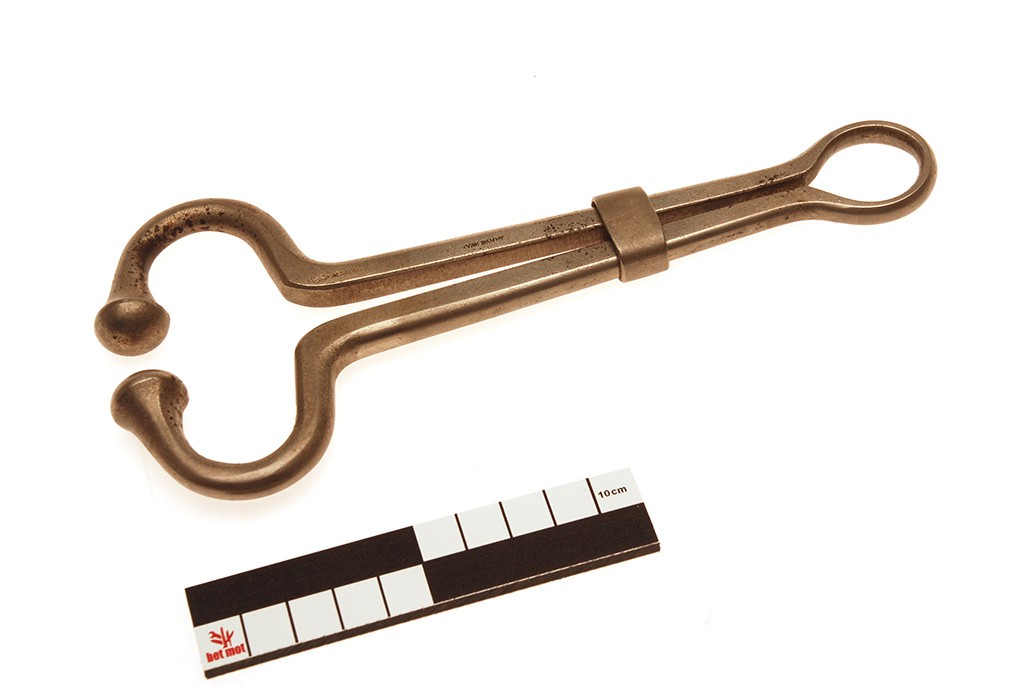
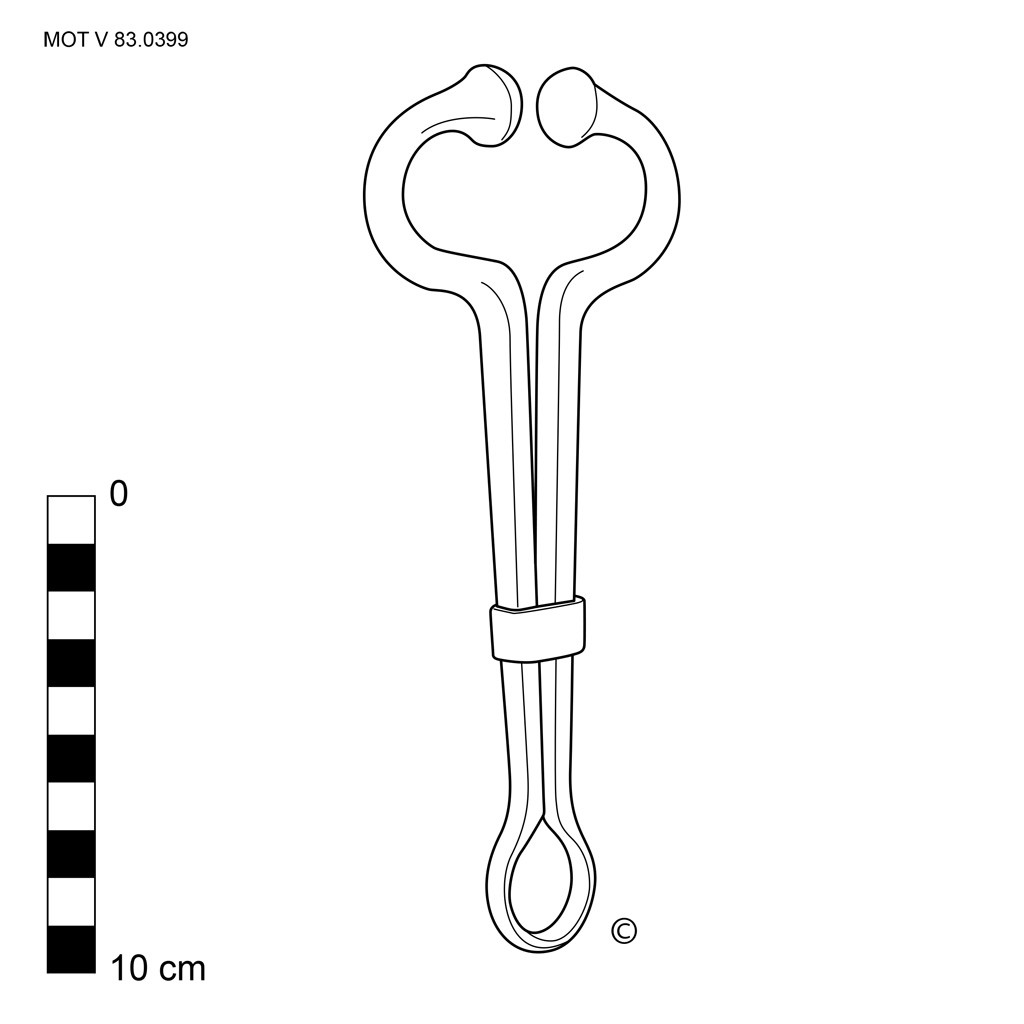
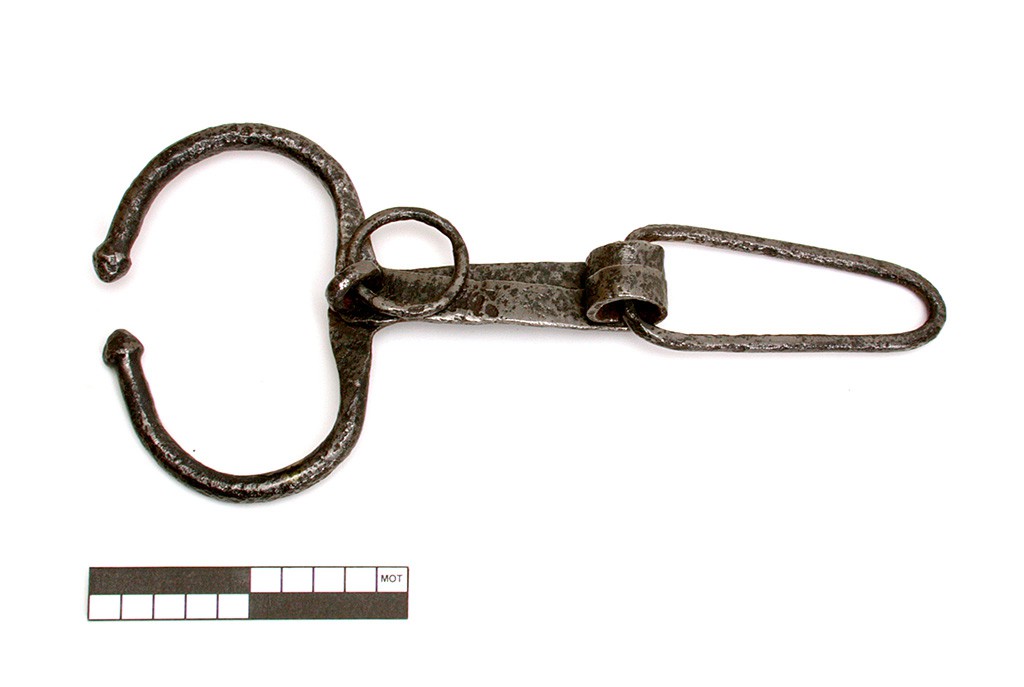
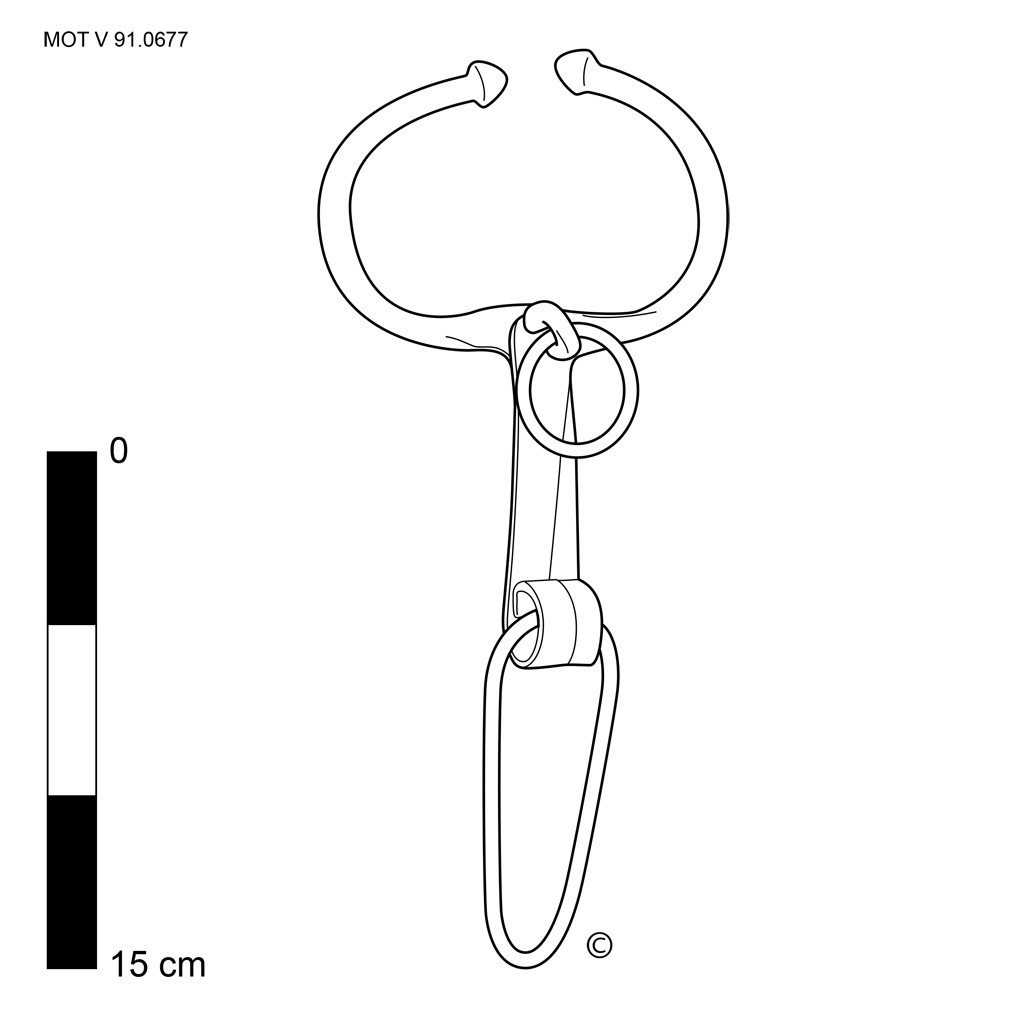
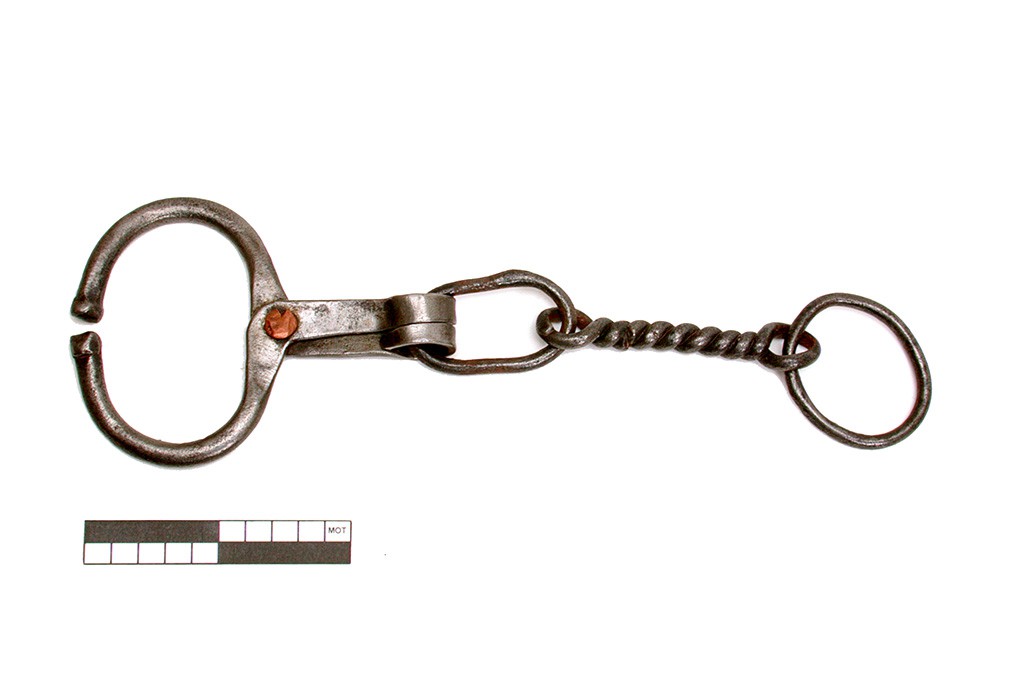
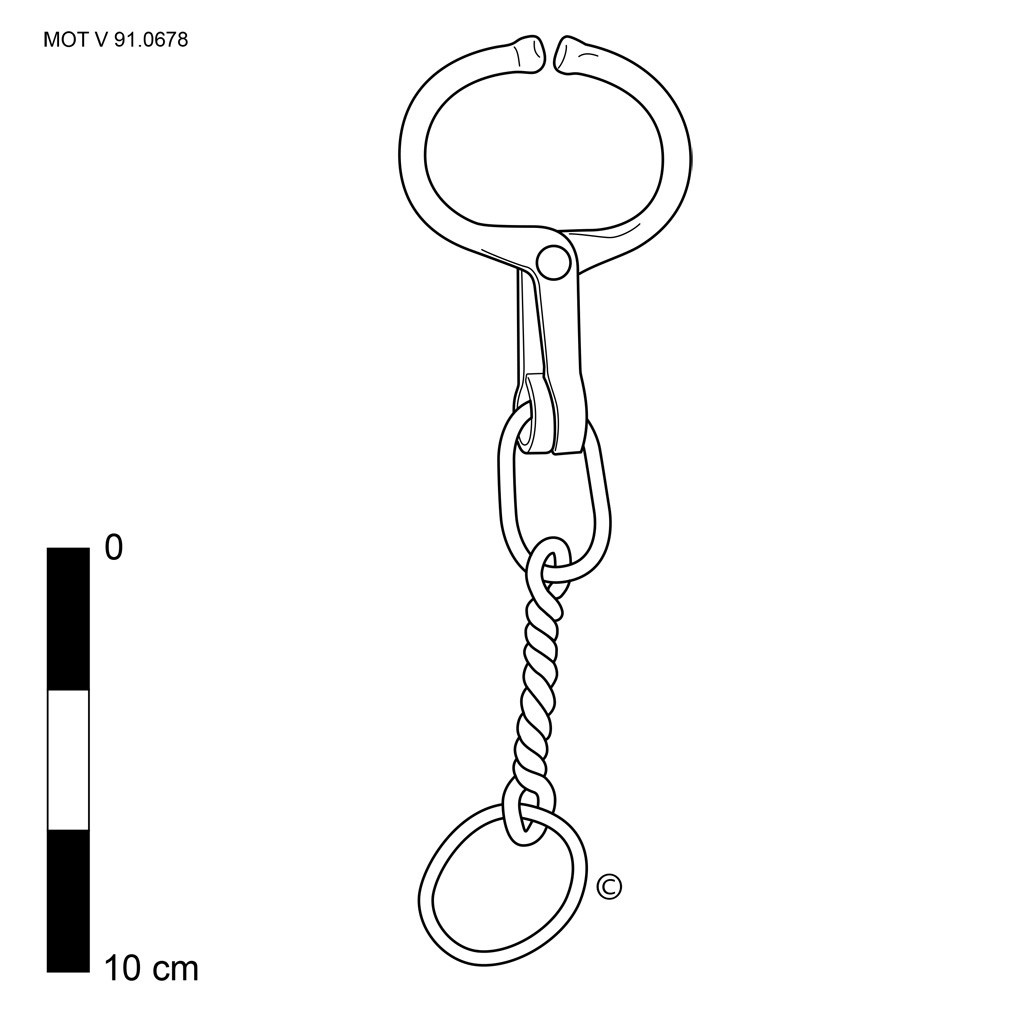
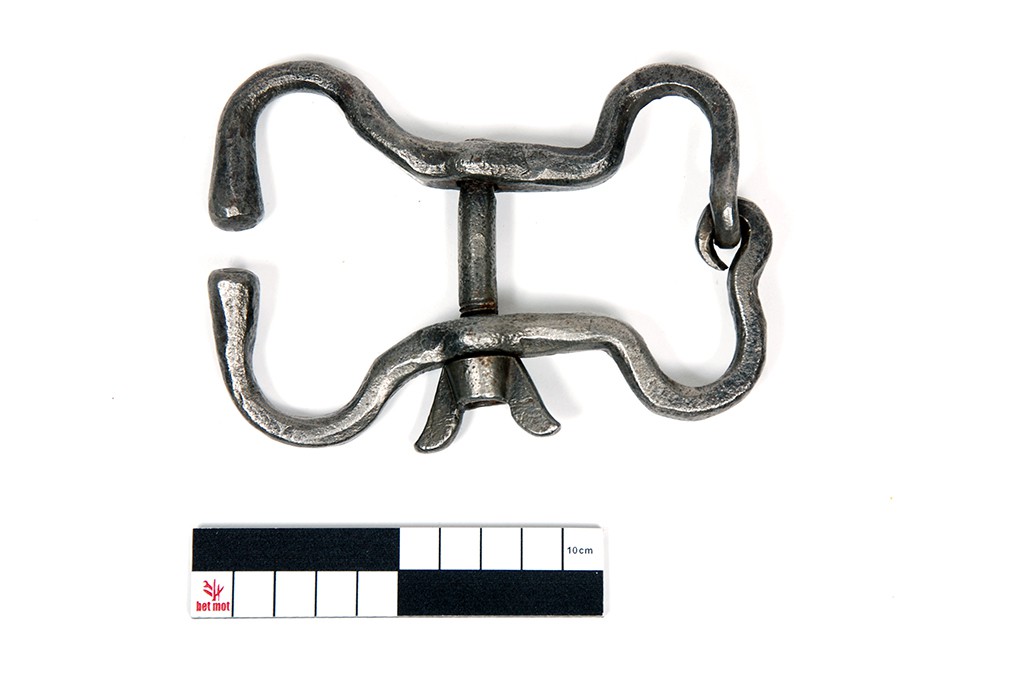
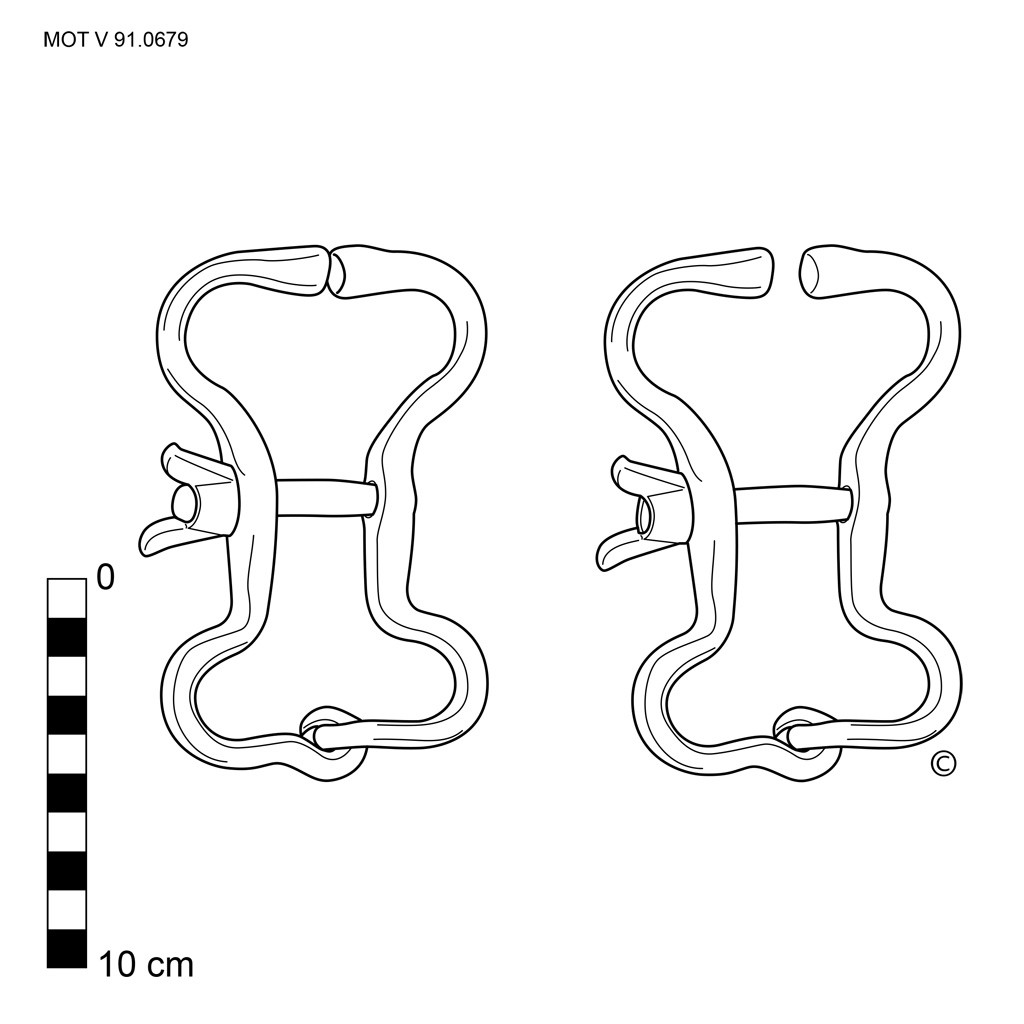
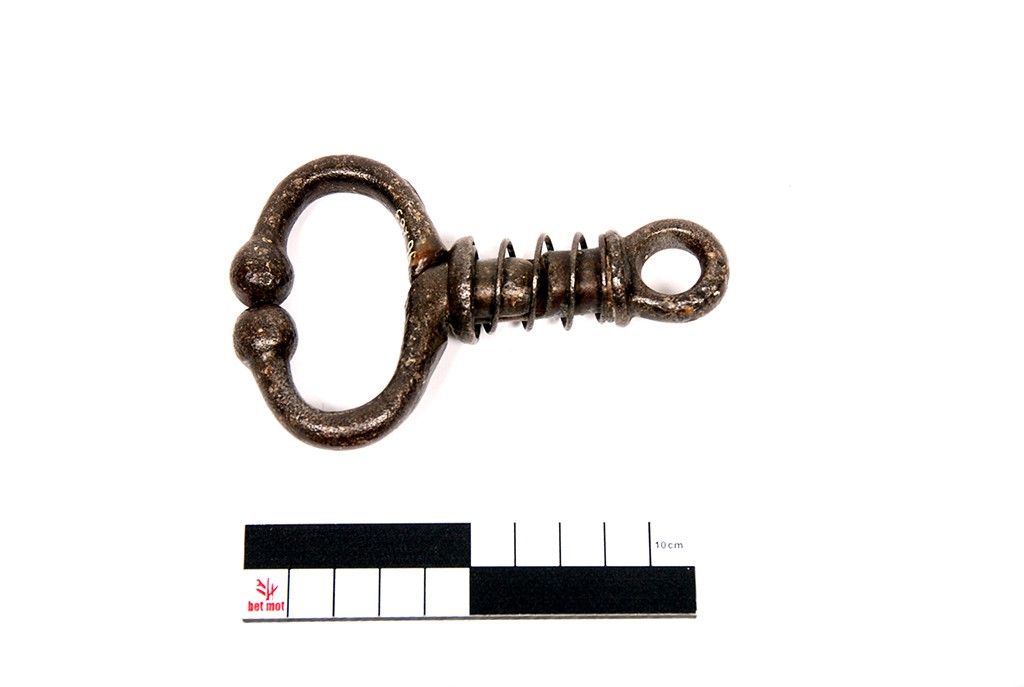
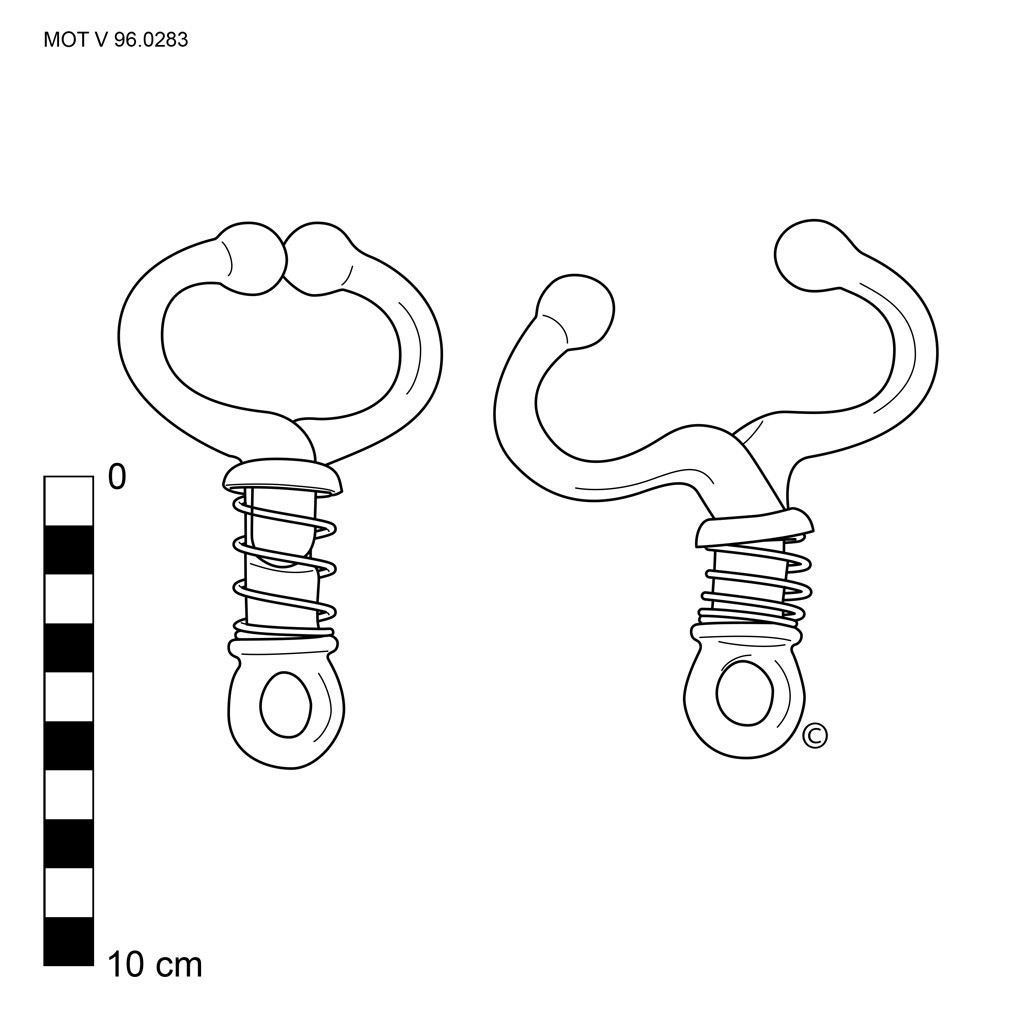
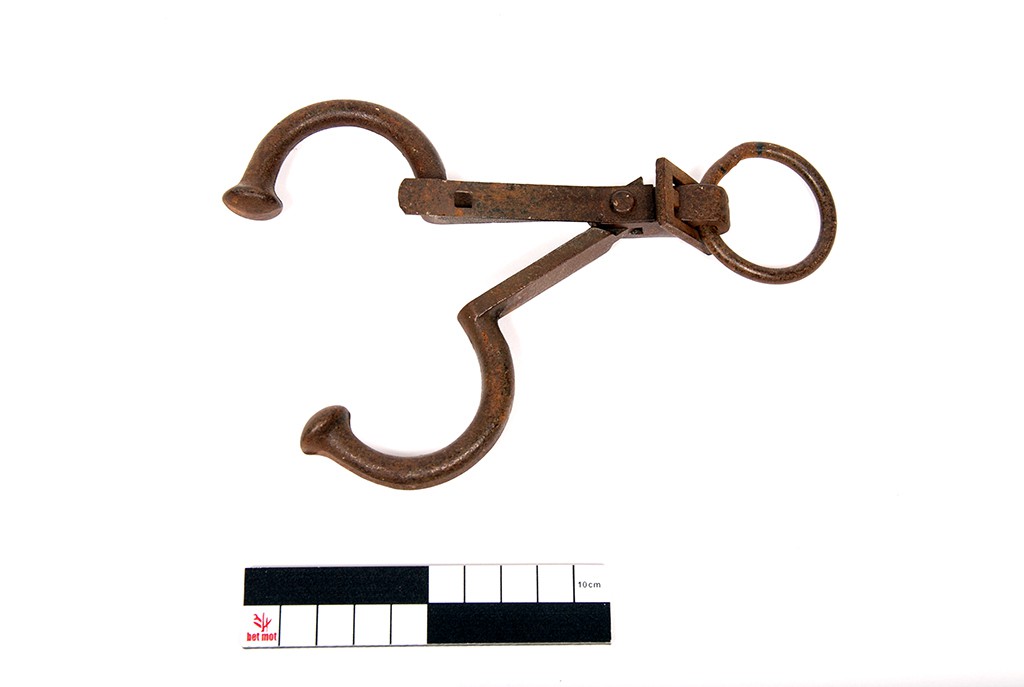
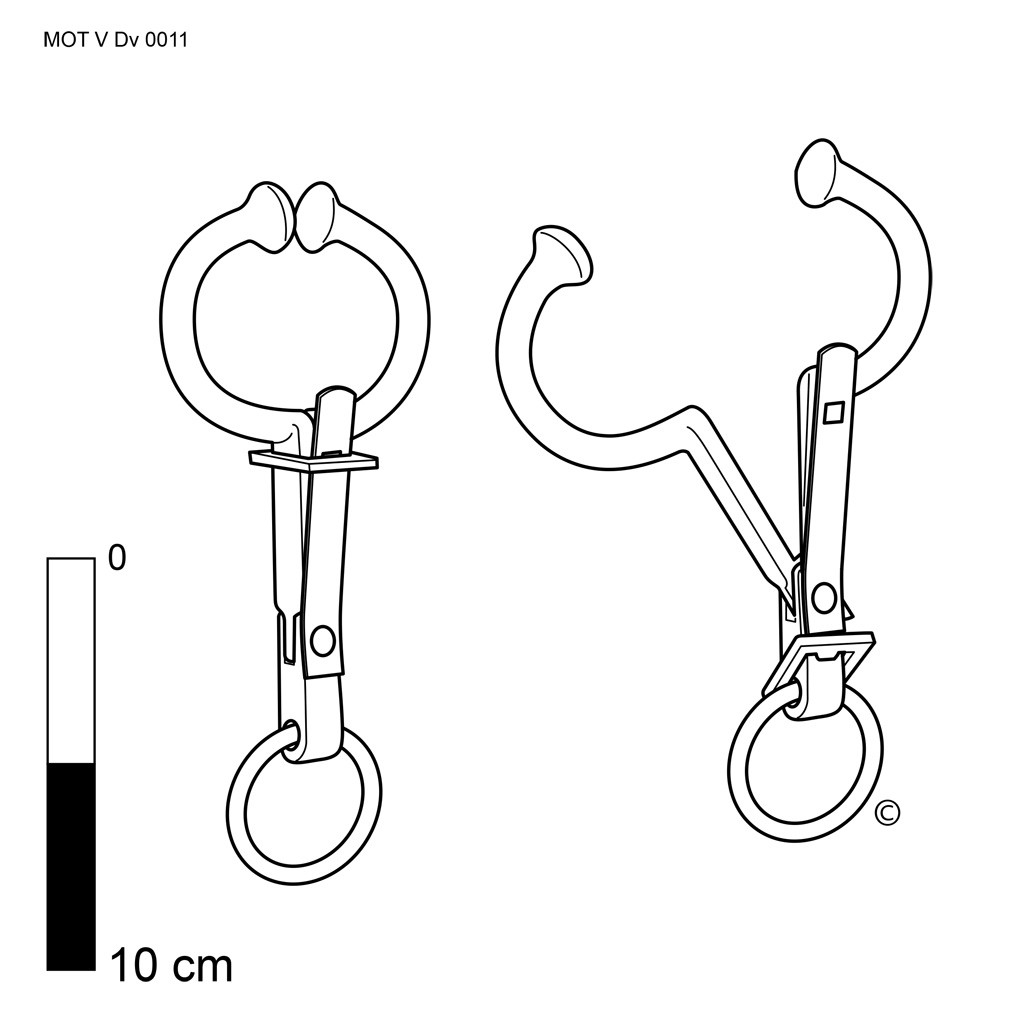
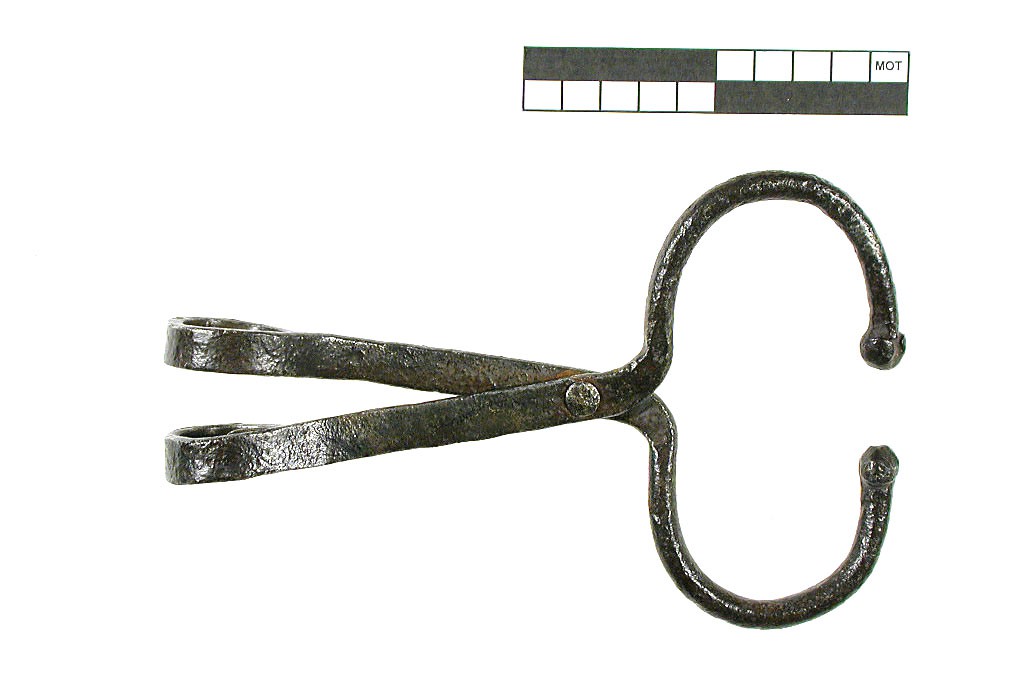
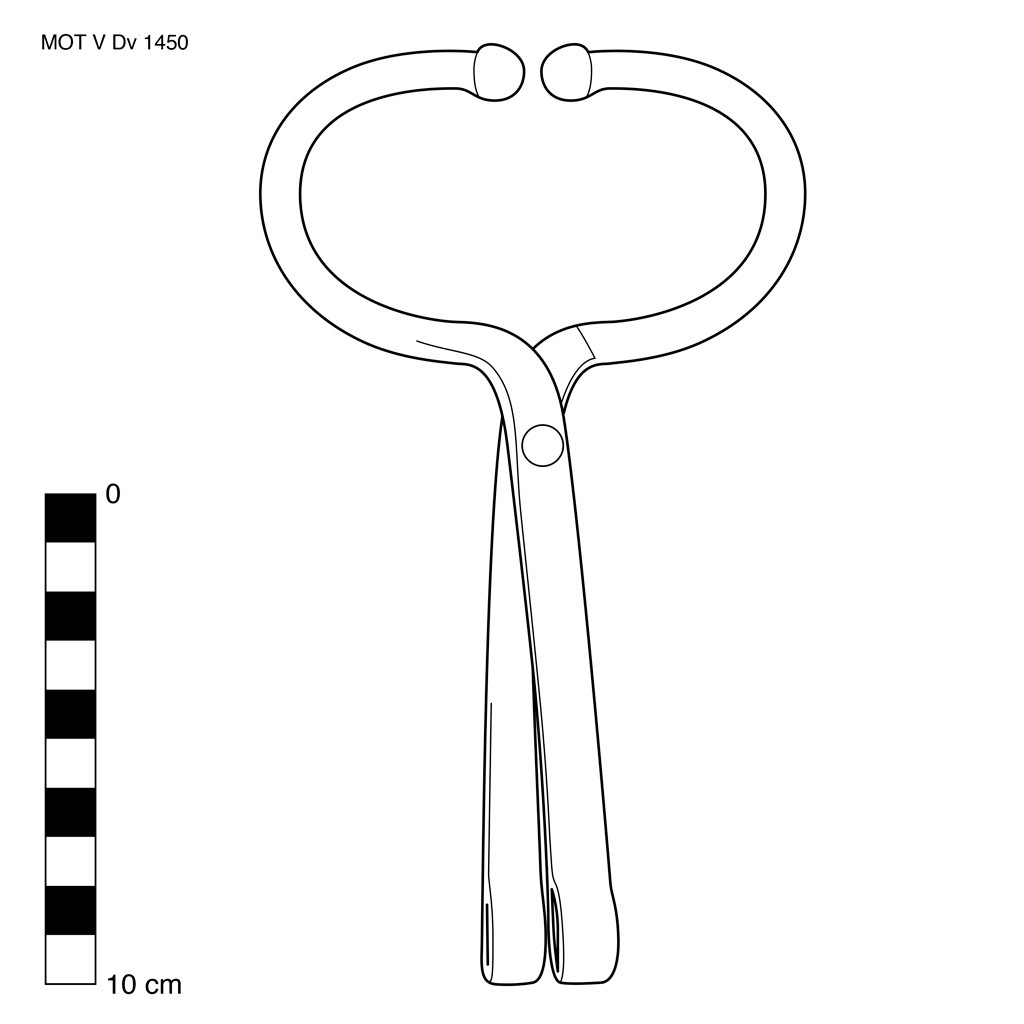
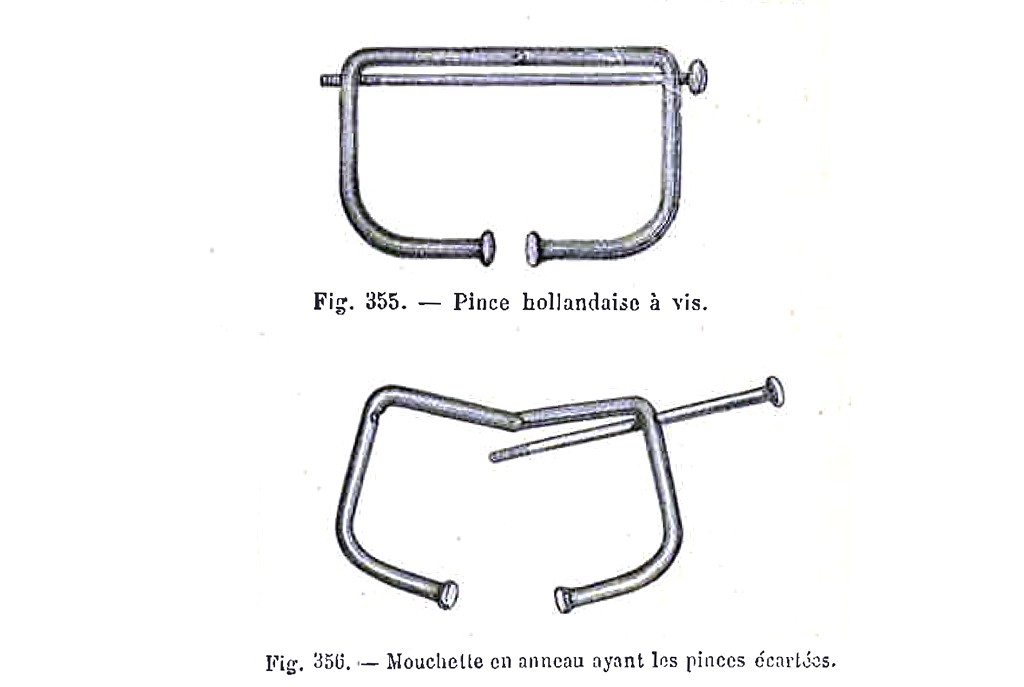
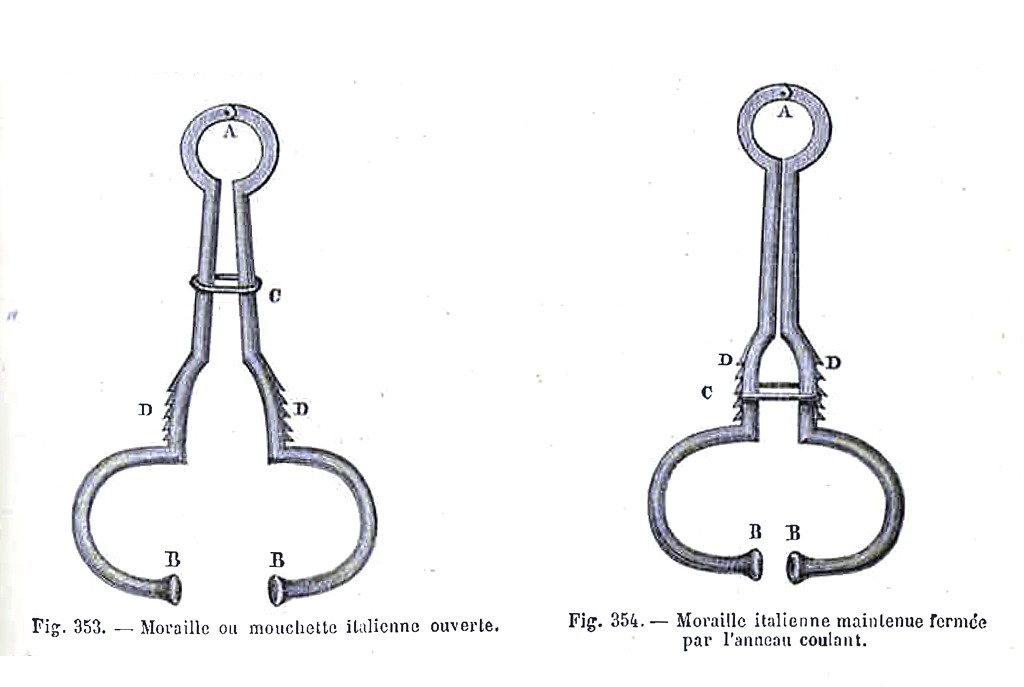
Uit:BARRAL & SAGNIER: 1. 477
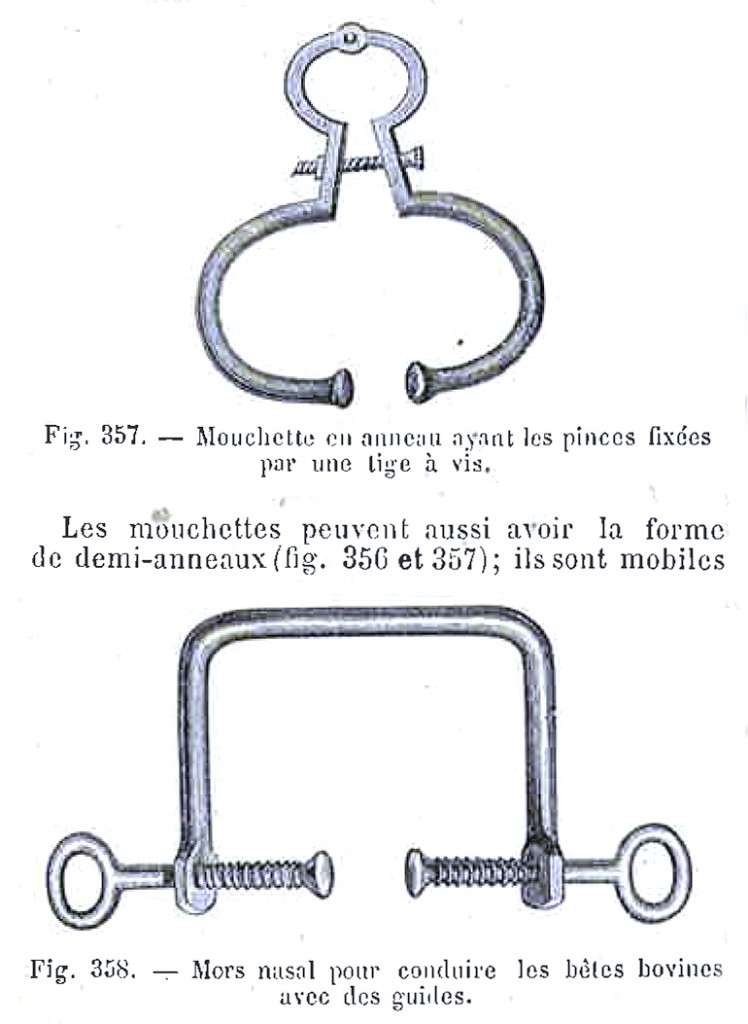
Uit:BARRAL & SAGNIER: 1. 478
